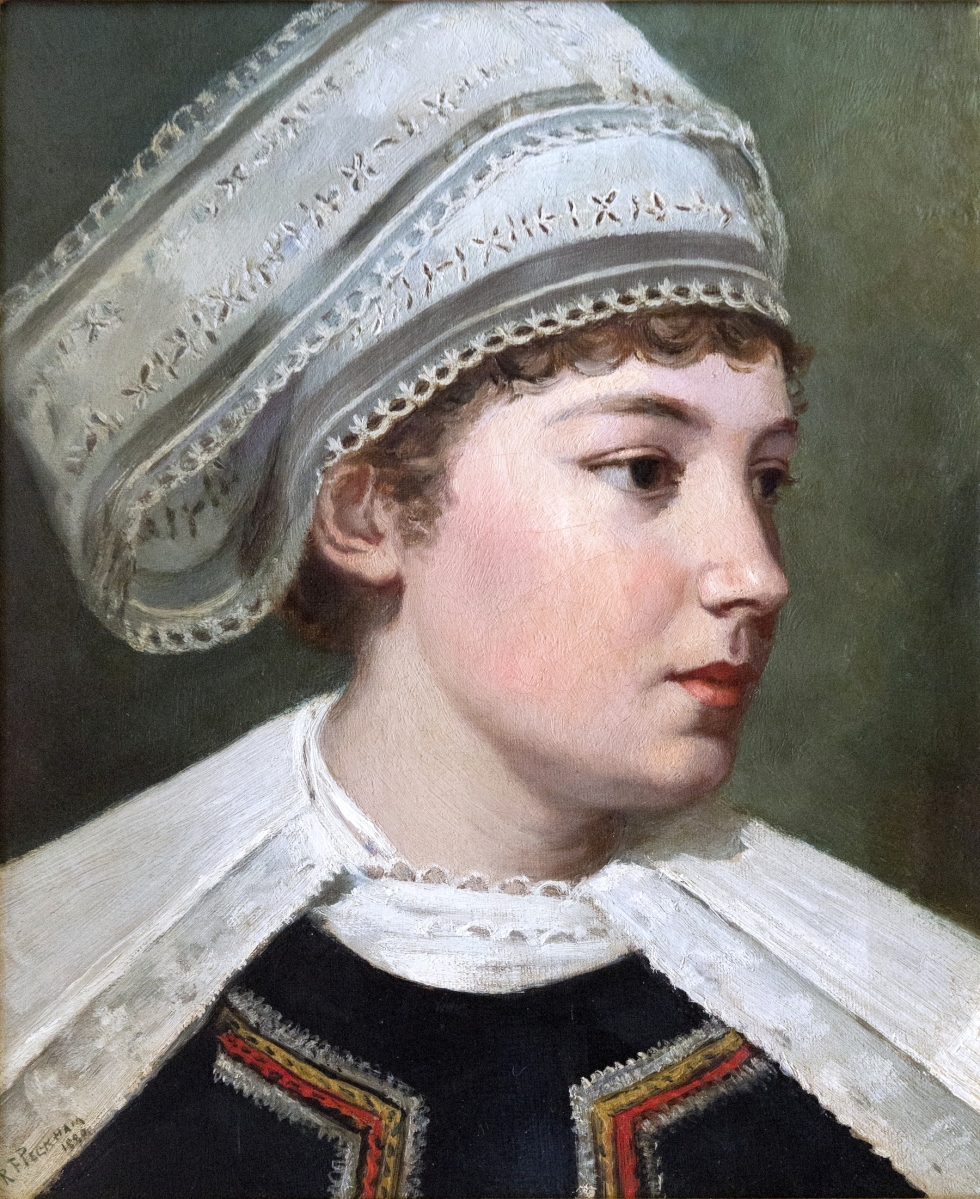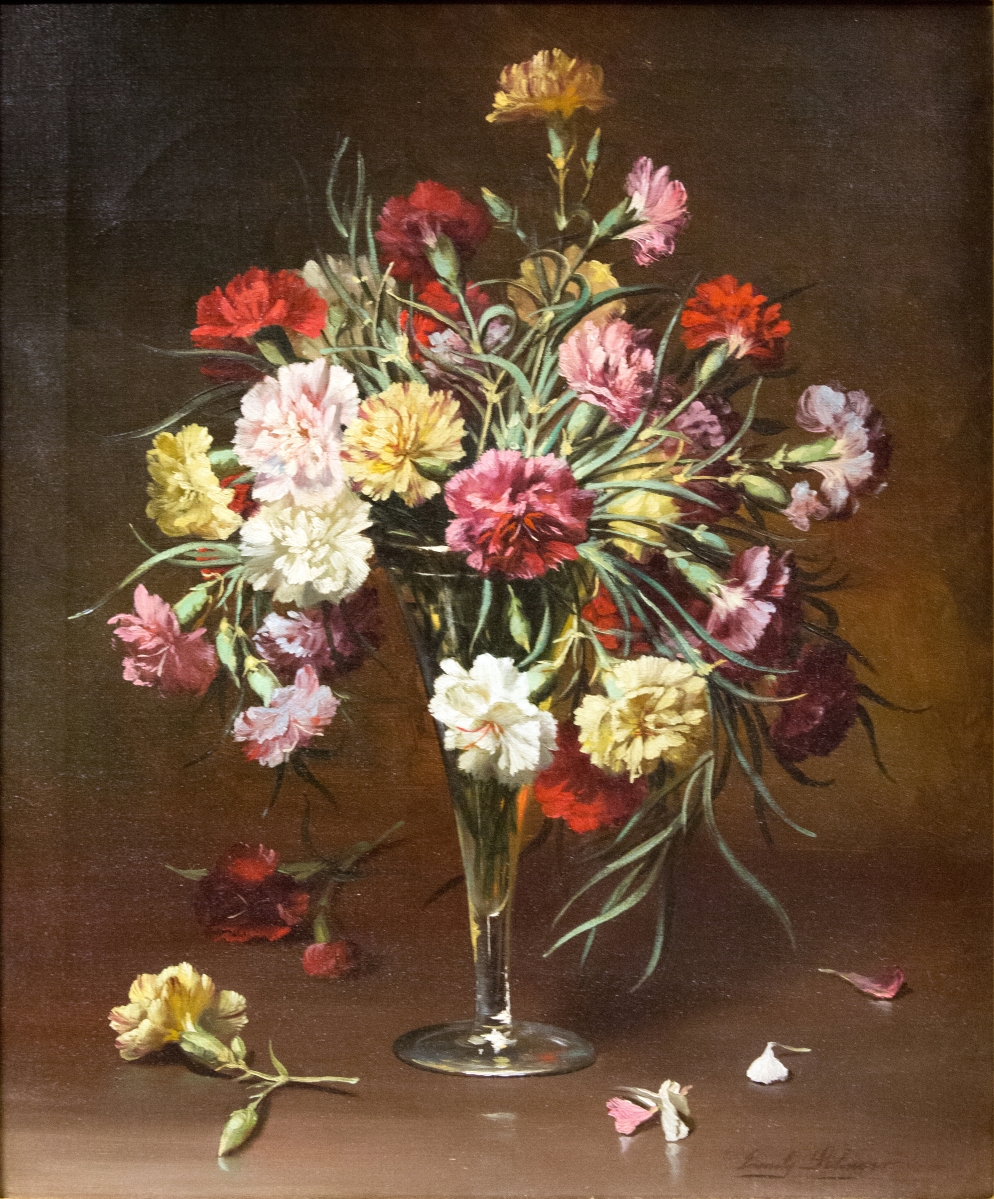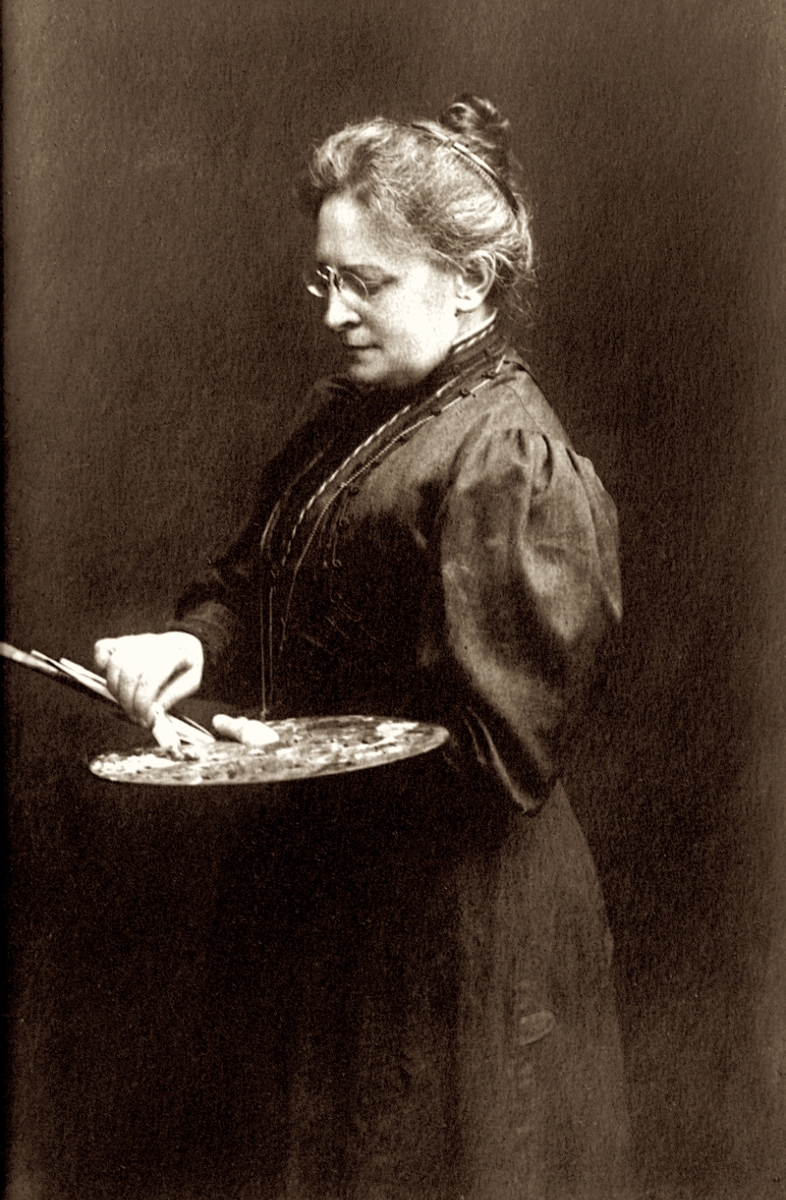PROVIDENCE, R.I. – The Providence Art Club is hosting a series of exhibitions celebrating women’s important roles in the visual arts. The programs are in recognition of the 30th anniversary of Women’s History Month in March as well as the early advocacy of women artists at the Providence Art Club, which was the first art club in America to admit men and women at its 1880 founding.
A Providence Art Club Members Show of contemporary works, “Making Our Mark,” inaugurated the series in February. On view March 5-31 in the club’s Maxwell Mays Gallery, “Making Her Mark: Women Artists of the Providence Art Club, 1880” will highlight these women founders in a retrospective detailing the rich story of the founding of the club through historic paintings, archival materials and early records. Wrapping up the series April 2-21 will be a dynamic national open juried exhibition, “Making Your Mark,” which will feature contemporary women artists from across the United States.
Providence was in the forefront among cities of art and culture in the late Nineteenth Century and the Providence Art Club, now 136 years old, was a cultural force from its inception, bringing together Rhode Island artists and collectors through art and membership.
Most significantly, the Providence Art Club was unusual in that it was founded by both men and women, including six women among its 16 founders and shortly after, encompassing 70 female members.
“Making Her Mark” will feature work by these women as well as the several women artists who exhibited in the institution’s first exhibition. There will be a focus on the emergence of women as professional artists as well as those who pursued careers as art educators and other art makers.
Curators for the exhibition are Catherine Little Bert of Bert Gallery and Nancy Whipple Grinnell, curator emerita of Newport Art Museum. Together, they bring their combined 60 years of research and writing on regional American artists to this project.
“I am delighted to co-curate ‘Making Her Mark’ for the Providence Art Club. The role of women artists as the cultural force in Providence has long been overlooked. That six women in 1880 were equal partners and members in the founding of the Providence Art Club is quite amazing,” Cathy Bert. “Working on the ‘Making Her Mark’ exhibit for the Providence Art Club over the past year is a reminder of the formidable women artists, that despite national reputations in their day, have been lost or overlooked in many an art historical account.”
In the wake of the Civil War, women’s roles in America expanded to include professional aspirations. By the 1870s serious young women artists traveled to Paris to attain the study that would equip them for professional careers. One of these was Rosa Peckham from Providence, who studied at the Académie Julian under the renowned Jules Lefebvre, and became one of only 12 American women to have her work exhibited at the Paris Salon in 1878. Peckham returned to Providence and became a founding member of the Providence Art Club, as well as its secretary and later, vice president. Alongside Peckham were professional portraitists Etta Belcher and Mary Louise Chapin; still life painters Emily McGary Selinger and Emma Swan; prominent sculptors Sarah J. Eddy and Jane Nye Hammond; and painter Helen Watson Phelps, who had a successful New York career.
Several of the Providence Art Club’s early women artists found teaching to be a suitable outlet for their professional training.
Mary C. Wheeler, founder of the Wheeler School, studied art extensively in Europe, before returning to Providence to teach. Sophia Pitman participated in the summer art colonies of such important American artists as William Merritt Chase and Charles Woodbury, while attending to a 30-year teaching career at the Moses Brown School in Providence.
The student-teacher relationship in the art world was one of honor, and the Providence Art Club and the community at large supported women in their endeavors as art educators.
The work of these women artists exhibited together provides a thought-provoking historical context for regional American art. It also exposes the significance of Nineteenth Century art clubs in fostering domestic art and culture.
In her dissertation, “Américaines in Paris; The Role of Women Artists in the Formation of American Cultural Identity, 1865-1880,” scholar Amanda C. Burdan writes, “Small-scale mixed-sex endeavors like the Providence Art Club expanded the scope of American women in the arts, gradually leading towards professionalism.”
Burdan and other preeminent scholars of American women’s art history will present their ideas in a symposium in conjunction with “Making Her Mark,” on Saturday, March 25, from 9:30 am to 5 pm, at the First Baptist Church. The event is open to all and free but space is limited so registration is advised. It was organized by Anna Dempsey, PhD, associate professor of art history at UMass Dartmouth.
Simultaneously in March, three other exhibitions complement “Making Her Mark.” The Dodge House Gallery of the Providence Art Club will be the site of an archival exhibit compiled from the treasure trove of the club’s scrapbooks, photographs and inventory.
The Chazan Gallery at the Wheeler School will present “An American in Paris: Drawings by Mary Colman Wheeler,” March 13-April 7. Wheeler was founder of the Wheeler School and a woman pioneer in the integration of art into primary and secondary education in America. The exhibit is curated by the chair of the Wheeler School Art Department, Mary Wheeler archivist Robert Martin.
Unable to find adequate art instruction in the United States, Mary Colman Wheeler (1846-1920) sought private instruction in Europe in the 1870s. Arriving in Paris in 1875, Wheeler entered the atelier of Jacquesson de la Chevreuse and remained under his tutelage from 1876 to 1882. Jacquesson was a leading proponent of French Neoclassicism.
The drawings on display here were selected from a portfolio donated by Richard and Betty Ann Wheeler of Concord, Mass. The collection offers insight into the teaching methods employed by the Nineteenth Century French atelier, most prominently the use of the plaster cast as a means of heightening observational skills and the precise rendering of value.
The exhibition will also include photographs and Wheeler’s letters written from Paris to her family in Concord, revealing her thoughts on life as a single woman living abroad, Jacquesson’s teaching method, and her ultimate intention to create educational opportunities for women by establishing a French-style art school in the United States.
Founded in 1883, Miss Wheeler’s Studio played a central role in the dissemination of art and culture in Providence, growing into a full college-preparatory school (The Mary C. Wheeler School) in 1889. Ever faithful to her artistic roots in France, Wheeler arranged annual trips for her students to Paris beginning in 1887, culminating in six summers residing in Giverny as a neighbor to Claude Monet from 1907 to 1912.
The exhibition will run in conjunction with “Making Her Mark” at the Providence Art Club March 5-31. A number of other works by Mary Wheeler are included in that exhibition.
The Wheeler School is at 216 Hope Street. For further information, www.wheelerschool.org or 401-421-8100.
The Providence Art Club is at 11 Thomas Street. For more information, www.providenceartclub.org or 401-331-1114.


























